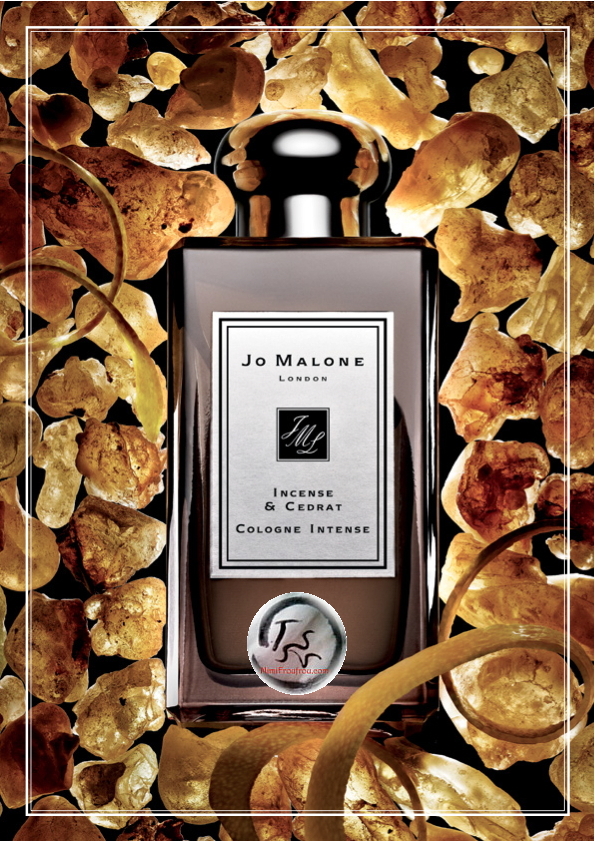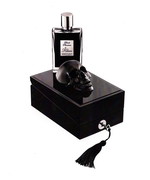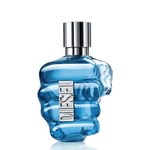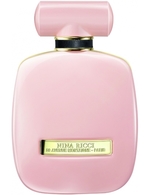Jo Malone Incense & Cedrat Intense Cologne (2015): Great Bones Don't Lie {Perfume Review & Musings} {New Fragrance}

Courtesy picture © Jo Malone
Incense & Cedrat Intense Cologne by Jo Malone is presented as a new fragrance benefiting for the first time from the technology of NaturePrint™ in order to be able to forgo using the genuine material, Frankincense or Olibanum, usually harvested from the endangered species of Boswellia Sacra...
The best quality comes from Oman and the Dhofar region. A recent French TV reportage showed how knowledge for tending the trees is transmitted from fathers to sons from an early age. Each brand is analyzed, measured and its characteristics are consigned into writing. The societies that are centrally defined by the precious incense thus create a memory for each tree registering its maladies and progress while shaping their own social identities through centuries-long interaction with the trees.
Perfumer Marie Salamagne of Firmenich reportedly used three layers of resins to "enrich" the scent of Dhofar Frankincense, which was captured and analyzed by the team of perfumers. Lemon and elemi are present to stress the freshness of incense; amber and cistus labdanum enhances its sensual aspect; benzoin adds richness.
What strikes me, beyond the dominant and mystical presence of incense found in Incense & Cedrat, is how the composition artfully manages to feel both very masculine and very feminine, thanks to references to cultural gendered accords. It means in this case that famous fragrances are quoted with the aim of making us think "masculine" and "feminine".
Incense and Cédrat opens first on an unexpected, abstract cloud seemingly containing all your best memories of 70s men's colognes, all blended in. Words like "Aramis", "Azzaro" trail in your mind; Aramis incidentally is part of the Estée Lauder group, of which Jo Malone is also a part. This feels warm, aromatic and comforting.
After this opening, the frankincense becomes more material and more evocative of the natural ingredient. The Intense Cologne then takes on a dustier cast smelling almost grey and ash-like, a tonality which is brightened by the solar quality of cédrat, which itself evokes yellow. You understand then that this great fruity and citrusy note was brought in to make the incense feel less somber and religious, more attuned to daily life. As you smell up close, there is this contrast of a rich, medieval tapestry fumigated with swirls of burnt incense, and the cédrat in a supporting role, pulling away from it a bit but ultimately relinquishing its diurnal grasp. It is hard to step away from the sensation that you are in a place of solemnity and fervor. Frankincense is a powerfully reflective note as if, and perhaps because, it has been contemplating the desert for ever.
Marie Salamagne noted that,
"Incense is multi-facetted. My challenge was to accentuate its numerous qualities and to tame its dark character"
At first, I do not find the composition to be very nuanced. It comes across pretty much as a "soliflore" where the scent of a flower would have been replaced by incense.
After some time, the ambery buttressing of the main note becomes more perceptible adding more of a glowing texture to a dusty impression. The scent mellows down. There are secondary nuances of chocolate and coca-cola as olfactory by-products of the central note. It feels more herbal now too, conjuring up more precisely a fragrance like Gucci pour Homme (2003).
While the perfume took you on a journey initially somewhere to Oman or an Ottoman-era mosque, it then seems to belong more to the group of men's colognes I would like to dub "camp-fire colognes". They are meant, I am sure, to grab us by our most primitive instincts of love for Pyrazines, i.e., smoky notes, i.e., food, i.e., grilled meat; the blend of herbs evokes the outdoors; the incense gets translated into shamanistic fumigation rituals before even getting solidified as a Middle-Eastern motif.
The cedrat at this point, which makes you think more of an Italian garden, brings its Renaissance touch to this primal array of notes. It feels a bit more playful and gleeful, a bit more urbane, thanks to it. The dustiness of frankincense even becomes a bit more like powder rather than the dust of the ages and the desert, and, surprise, more like rosey lipstick warmed by amber.
In the end, the transformation of Incense and Cedrat is complete: the benzoin in the base together with the luminosity of cedrat replacing bergamot manages to smell like old-school Shalimar by Guerlain with its stronger, tarrier leathery nuance. You catch whiffs of a Shalimar from the past. Jo Malone Oud and Bergamot before paid homage to the same classic. As Jo Malone advises you to layer on like it is done in the Middle East, Oud and Bergamot is recommended here. This would mean to noses in the know also that you could be wearing two transmutations of Shalimar, with a detour via Arabia Felix. In a way, this is justified by the fact that Shalimar, this fantasy oriental, could get back to its source of inspiration for real, thanks to local ingredients, which in their turn are made more virtual than real thanks to technology. Think about that and marvel at the suppleness of perfumery, especially the one endowed with great bones when its evolving flesh gets rejuvenated.










Hi I am wearing it now and really like it. Are you saying that the Jo Malone version is made more naturally than Shalimar? I love both and wear both. I sometimes get headaches so I am looking for the more natural version.
Hi,
No, I don't think that one is more natural than the other in this case. You however raise an interesting question as to whether one can find a perfume resembling the personality of Shalimar in natural perfumery, i.e., 96%-100% natural.